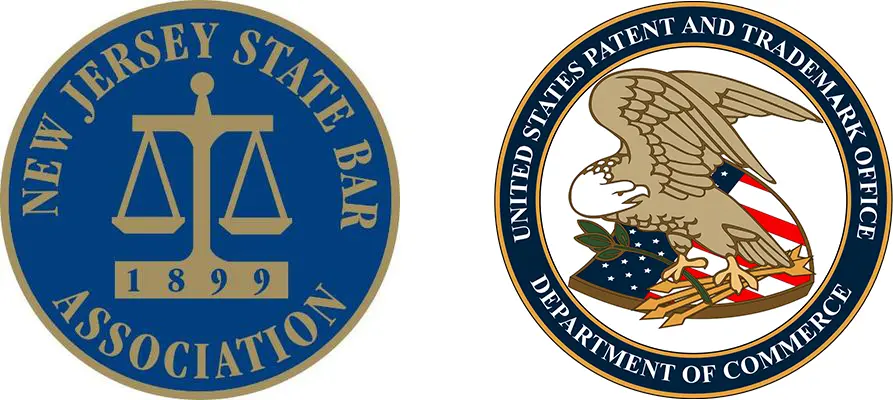Interpretation of the Safe Harbor Provision (JPPCLE): Policy Background (Part 1)
November 20th, 2014 by Thomas J GerminarioThe following was presented at the Joint Patent Practice Seminar, April 2014
1. Competing Doctrines: Double Patenting vs Restriction
According to the religious lore of Catholicism, St. Jude is regarded as the patron of difficult cases. He certainly lives up to his reputation in the case of St. Jude Medical, Inc. et al. v. Access Cloture, Inc., decided by the Federal Circuit on last year’s 9-11 anniversary.
The Fed Circuit had the unenviable task of grappling with the so-called “Safe Harbor” provision of 35 U.S.C. §121. The Safe Harbor provision, the Court observes with tongue-in-cheek, is “not a model of clarity”. In fact, it’s an example of one of those interminable sentences that could only have been penned by someone steeped in the discipline of patent claims drafting. It reads as follows:
A patent issuing on an application with respect to which a requirement for restriction under this section has been made, or on an application filed as a result of such a requirement, shall not be used as a reference either in the Patent and Trademark Office or in the courts against a divisional application or against the original application or any patent issued on either of them if the divisional application is filed before the issuance of the patent on the other application.
Short of invoking the Saint’s miraculous intervention, a bit of background on the genesis of this provision is definitely in order here if we are to set a course for the Safe Harbor through the fog of its cryptic prose. Enacted as part of the 1952 Patent Act, it was intended to reconcile a conflict between two fundamental principles of patent law: that there shall be only one patent per invention, and that there shall be only one invention per patent. These two principles express themselves, respectively, in the doctrines pertaining to double patenting and claims restriction practice.
2. Safe Harbor as Collision Insurance
Each of these two competing doctrines has its own equity-based policy underpinnings. On one hand, the proscription against double patenting aims at preventing the over-extension of patent protection by filing successive applications based on obvious variants of the same invention. On the other hand, the imposition of restriction requirements ensures that claims for patentably distinct inventions are prosecuted in separate applications. In a perfect world, these two policies would never clash, but in the real world – as all of us are painfully aware – patent examiners and judges are fallible, and their opinions on what are or are not patentably distinct inventions are apt to differ.
By way of example, an examiner requires that the applicant elect between claims 1-10 and claims 11-20, based on his/her non-appealable judgment that they are directed to two different inventions. The applicant dutifully elects claims 1-10 and then files a divisional application based on claims 11-20. Patents issue on both applications, but in subsequent infringement litigation, the defense of invalidity based on double patenting is raised, and the court concludes that the two groups of claims are not patentably distinct. Despite having steered its applications on the only course allowed by the PTO, the patentee suffers a collision that sinks its claims and works a forfeiture of its rights.
To prevent such manifest injustices, Congress saw fit to create the Safe Harbor, in which restriction-driven divisional applications and their progeny would not encounter the perils of double patenting on the open sea. But the compass of the Harbor needs to be carefully circumscribed, lest it become a channel for by-passing the double patenting proscription altogether. In the St. Jude appeal, the Fed Circuit had the opportunity to set out some marker buoys to better define the limits of the Harbor. Let’s consider how they went about doing that.

